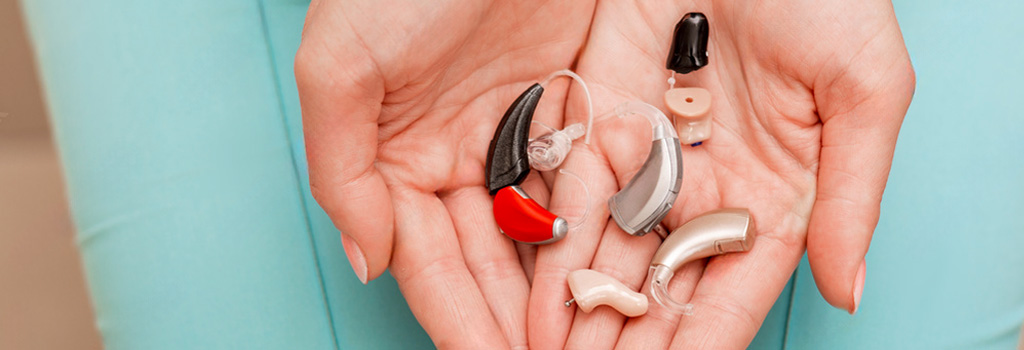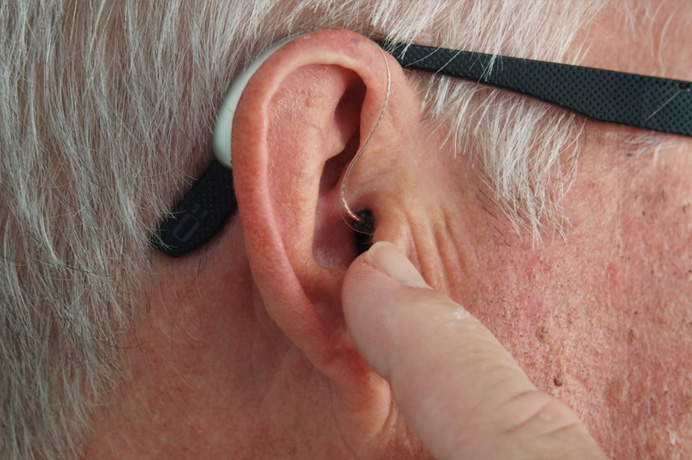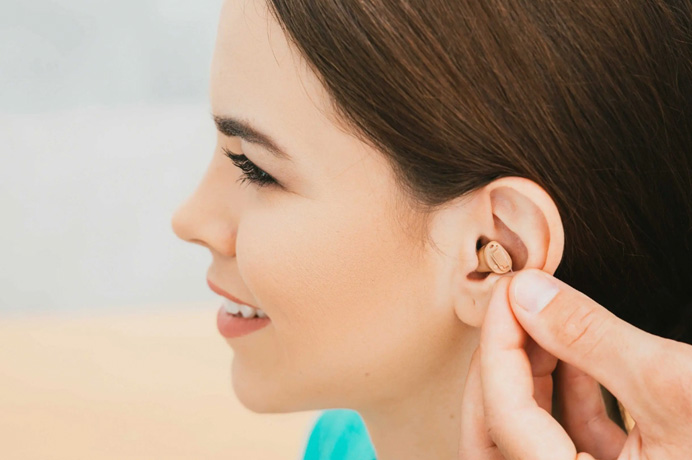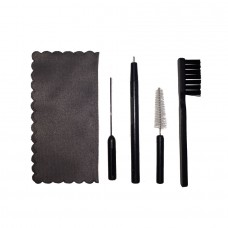What hearing aid format is best for me?


Currently there are three main groups of hearing aid formats with their variants: BTE, RIC and intra. Apparently you can observe several differences between them, such as size, shape, variety of colors or the charging system. But, what does an audiologist really base on when recommending one format or another? If you want to orient yourself and know what your ideal hearing aid format is, keep reading this post. Below we are going to explain the answer to your question in detail:
BTE format
The most robust. This format contains all its electronics inside the casing that is placed behind the auditory pavilion. These are the reasons why a hearing care professional would recommend this format:
- Indicated for pediatric use for their resistance and for how well they fit the ear, so that we can be sure that it will not come off in any movement that the child can do.
- The hearing aids that offer more power have this format.
- They can be adapted to all types of hearing loss and all ears.
- Indicated for patients with visual or handling problems.
- More resistant to humidity and shocks than the other formats.
- Currently the vast majority of this hearing aid format has a Bluetooth connection.

RIC format
The most popular. This format connects the headset with all the other electronics using a cable. It is placed behind the auditory pavilion. The factors that influence when choosing this format are the following:
- They can adapt to the vast majority of types of hearing loss and in all ears.
- Currently the vast majority of this hearing aid format has a Bluetooth connection.
- Very good aesthetics, the cable that remains in front of the ear is so discreet that it goes practically unnoticed.

Intra format
These hearing aids are custom made and placed inside the ear. Within this hearing aid format we can find some larger and others smaller depending on the power we need and especially if we want a Bluetooth connection. These are the reasons why a hearing care professional decides to recommend an in-ear hearing aid:
- In hearing aids without intra connectivity, the hearing aids can become very small.
- If we are looking for this hearing aid format because it’s invisible, it will not be possible to add a Bluetooth connection.
- We need the ear canal large enough to fit all the electronics.
- It’s favorable for people who find it uncomfortable to wear the hearing aid behind the ear.
- Contraindicated for hearing loss with well-preserved low frequencies.

Now you know what are the main conditions that come into play when choosing your ideal hearing aid. In any case, go to a hearing care professional so they can study your case carefully and make the best recommendation.































